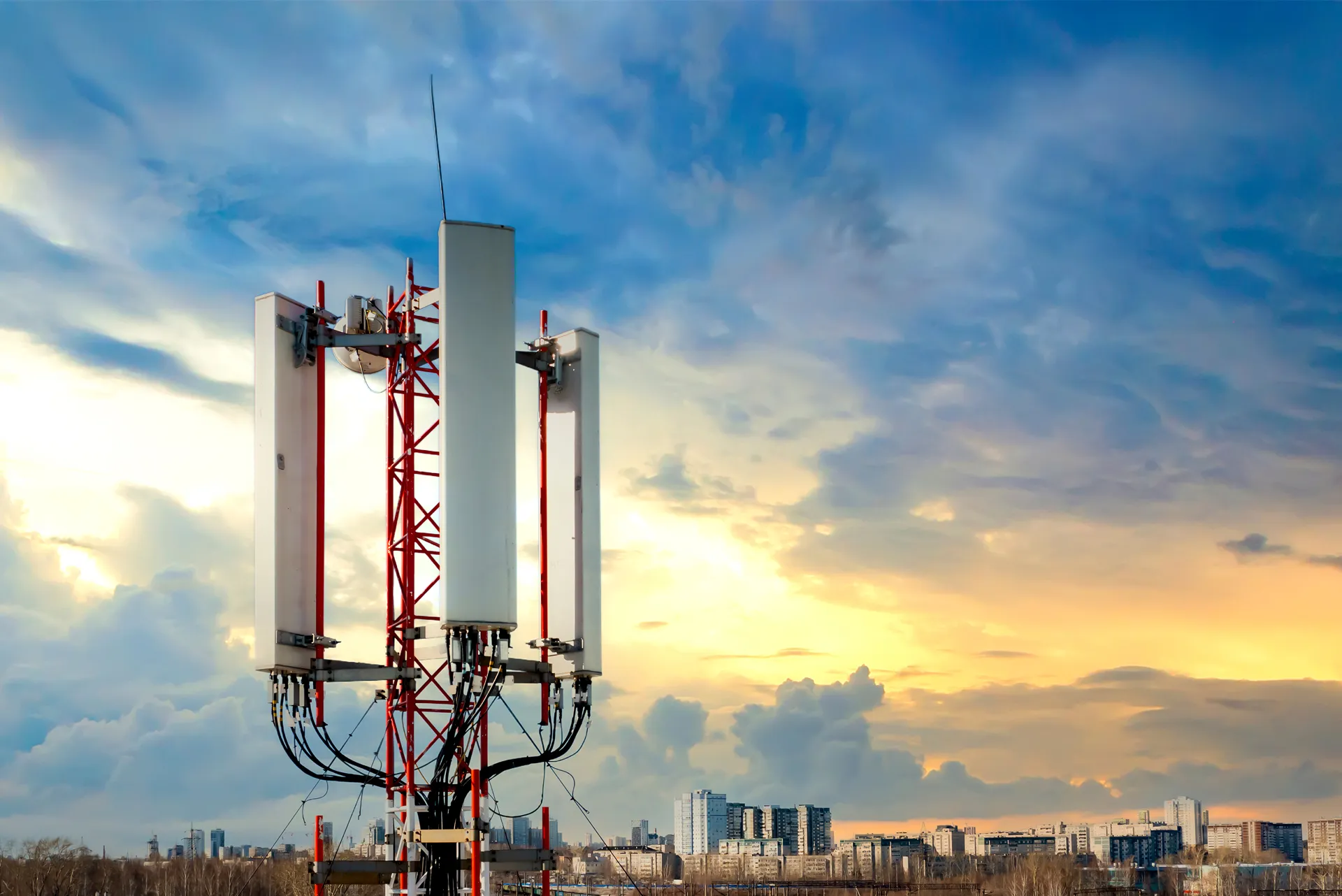Key takeaways
● An internet service provider (ISP) connects your home to the internet and routes your data.
● ISPs assign IP addresses, maintain network capacity, and keep traffic flowing.
● Plan basics to know: download speed, upload speed, bandwidth, latency, data caps, fees.
● Fiber often delivers symmetrical speeds and low latency, which helps video calls, gaming, backups, and multi-user homes.
● Your modem + router (Wi-Fi) matter as much as the plan you buy.
What is an ISP?
An ISP is the company that gives you internet access. It runs the physical network (fiber lines, coaxial cable, wireless links) and connects your home to the wider internet.
What that includes:
● Provisioning the line to your home (fiber, cable, phone line, fixed wireless, or satellite).
● Routing traffic so the websites and apps you request reach you quickly.
● Assigning IP addresses so your devices can send and receive data.
● Operating and upgrading network equipment to keep speeds stable and outages rare.
● Often extras: email, security tools, TV/phone bundles, web or domain hosting.
How ISPs move your data (in plain terms)
● You click a link. Your device sends data packets to your ISP.
● Your ISP chooses fast routes across partner networks to the site’s server.
● Replies come back as packets to your modem/router, then to your device.
● Behind the scenes, ISPs peer with other networks and buy transit from larger carriers to reach every corner of the internet.
Types of internet connections
● Fiber
○ Typical speeds: 300 Mbps to multi-gig (often symmetrical).
○ Pros: very low latency, high capacity, stable under load.
○ Use cases: remote work, creators, gamers, smart homes with many devices.
● Cable (coax)
○ Typical speeds: 100–1000 Mbps down, lower up.
○ Pros: wide availability, good performance.
○ Considerations: upload speeds are usually much lower than download.
● DSL (phone line)
○ Typical speeds: 5–100 Mbps down, lower up.
○ Pros: broad rural reach.
○ Considerations: speed drops with distance from the provider’s equipment.
● Fixed wireless / 5G home internet
○ Typical speeds: 50–300+ Mbps (varies with signal).
○ Pros: quick setup, good alternative where wired options are limited.
○ Considerations: performance depends on coverage and congestion.
● Satellite
○ Typical speeds: 25–200+ Mbps down, higher latency than land-based options.
○ Pros: works in remote areas.
○ Considerations: lag affects gaming and real-time apps; weather can impact service.
Service plan terms you should understand
● Download speed: how fast you receive data (streaming, browsing, downloads).
● Upload speed: how fast you send data (video calls, cloud backups, posting videos).
● Symmetrical speeds: download and upload are the same (common on fiber).
● Bandwidth: capacity for multiple devices at once.
● Latency (ping): time it takes data to travel; lower is better for calls and gaming.
● Data caps: monthly limits that can trigger slowdowns or fees.
● Contract & fees: look for promo terms, equipment fees, installation, price after promo.
● Customer support & uptime: response times, outage history, clear status updates.
Your home network matters too
● Modem (or fiber ONT): connects your home to the ISP’s network.
● Router: creates your local network and Wi-Fi.
● Wi-Fi tech: newer standards (Wi-Fi 6/6E/7) handle more devices with less delay.
● Placement: center of the home, off the floor, away from metal and microwaves.
● Mesh Wi-Fi: add nodes for large or multi-story homes to remove dead zones.
Quick wins:
● Use wired Ethernet for gaming PCs, consoles, and workstations.
● Name 2.4 GHz and 5/6 GHz bands clearly so devices pick the best band.
● Keep firmware updated; change default passwords.
Why your choice of ISP matters
● Reliability: fewer slowdowns during peak hours.
● Performance: upload speed and latency shape your experience, not just the headline download number.
● Transparency: clear pricing, no surprise fees, honest promo terms.
● Scalability: room to upgrade as your household adds devices and higher-quality video.
● Support: fast help when something breaks.
How to choose an ISP (simple checklist)
● Availability: which providers serve your address?
● Speed needs:
○ 50–200 Mbps: light streaming/browsing on a few devices
○ 300–600 Mbps: families, 4K streaming, video calls
○ 1 Gbps+: many users, creators, large backups, multi-gig Wi-Fi
● Upload matters: prioritize symmetrical plans if you do video calls, cloud work, or content creation.
● Latency: gamers and frequent callers should prefer fiber or cable over satellite.
● Data policy: choose unlimited if your home streams and backs up a lot.
● Total cost: monthly price after promos + equipment + installation.
● Equipment: included gateway vs. BYO modem/router; support for Wi-Fi 6/7.
● Reputation: read recent reviews in your city, not just national scores.
FAQ
Is my ISP the same as my Wi-Fi provider?
No. The ISP brings the internet to your home. Your router provides Wi-Fi inside your home.
Do I need gigabit?
Only if you have many users/devices or large uploads/backups. Most households do well with 300–600 Mbps if upload is solid.
Why is my speed lower than advertised?
Wi-Fi interference, outdated routers, busy hours, or device limits. Test with a wired connection to isolate the issue.
What if only one provider serves my address?
Optimize what you can control: good router placement, mesh nodes, wired links, and a plan with enough upload speed and data.
Bottom line
Your ISP is the backbone of your online life. Pick based on availability, reliability, upload speed, latency, data policy, and total cost...then pair it with a solid modem/router and Wi-Fi setup. Do that, and your streaming, calls, gaming, and backups will feel smooth day after day.

